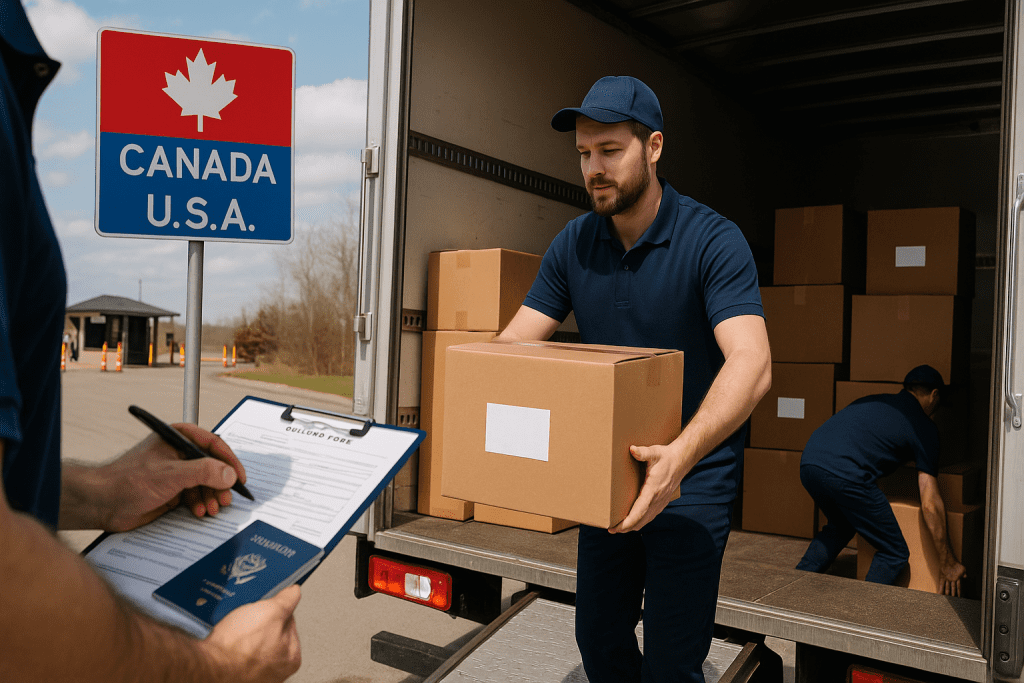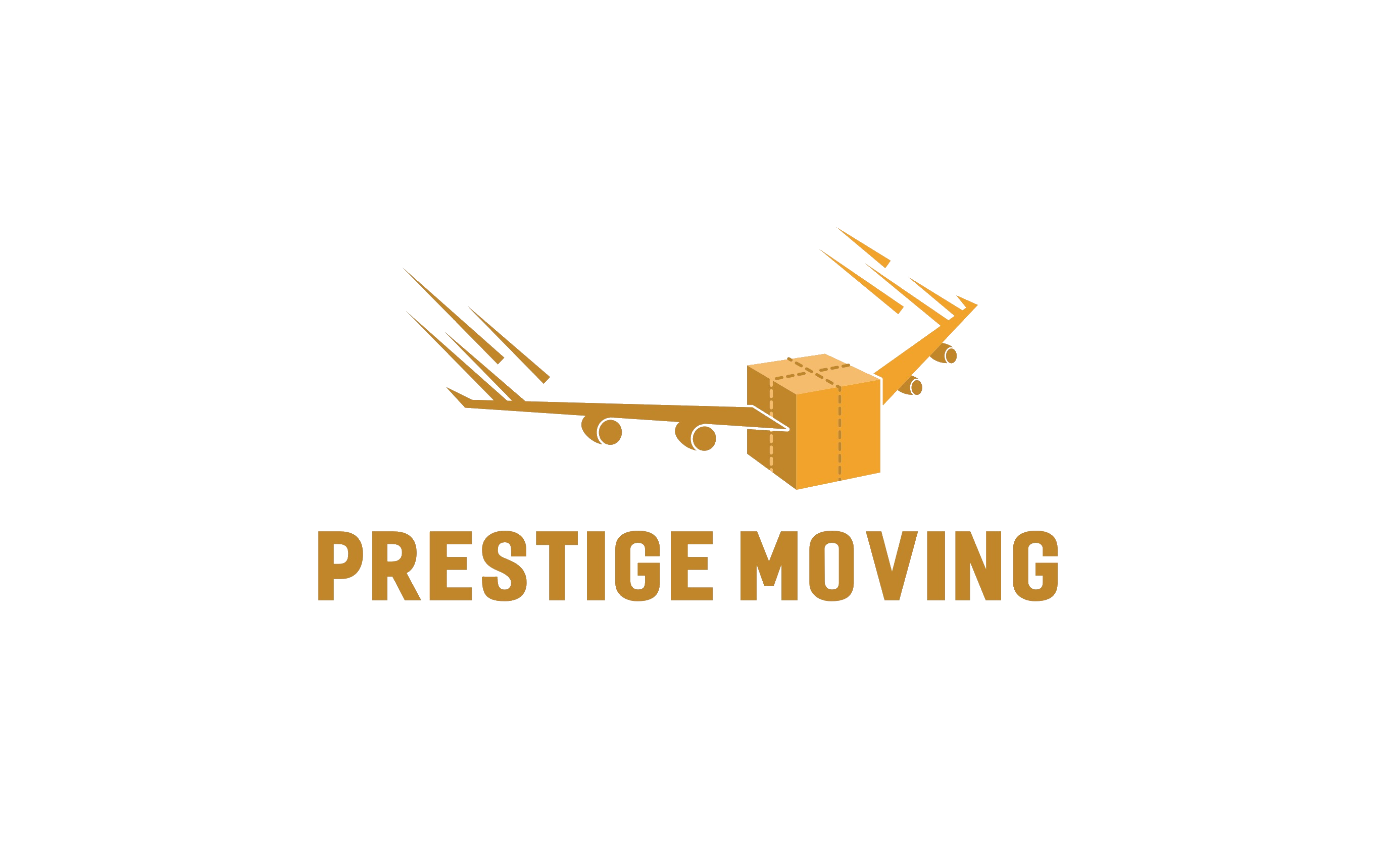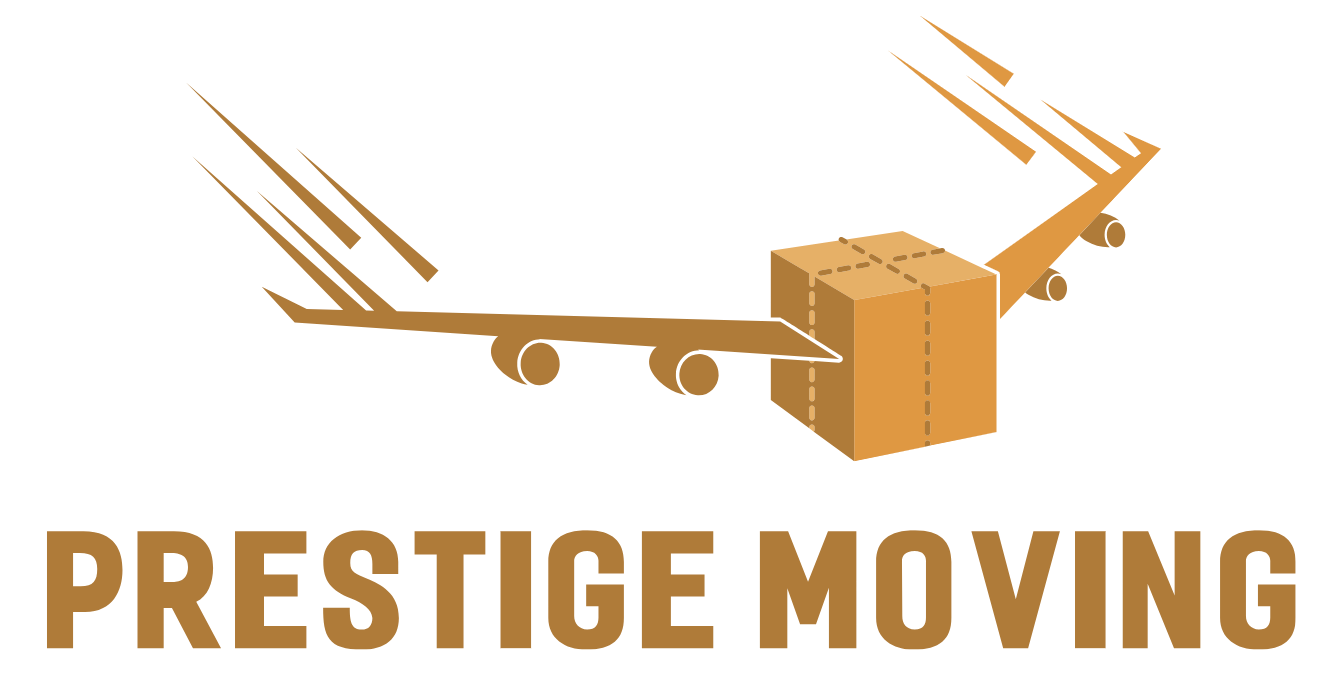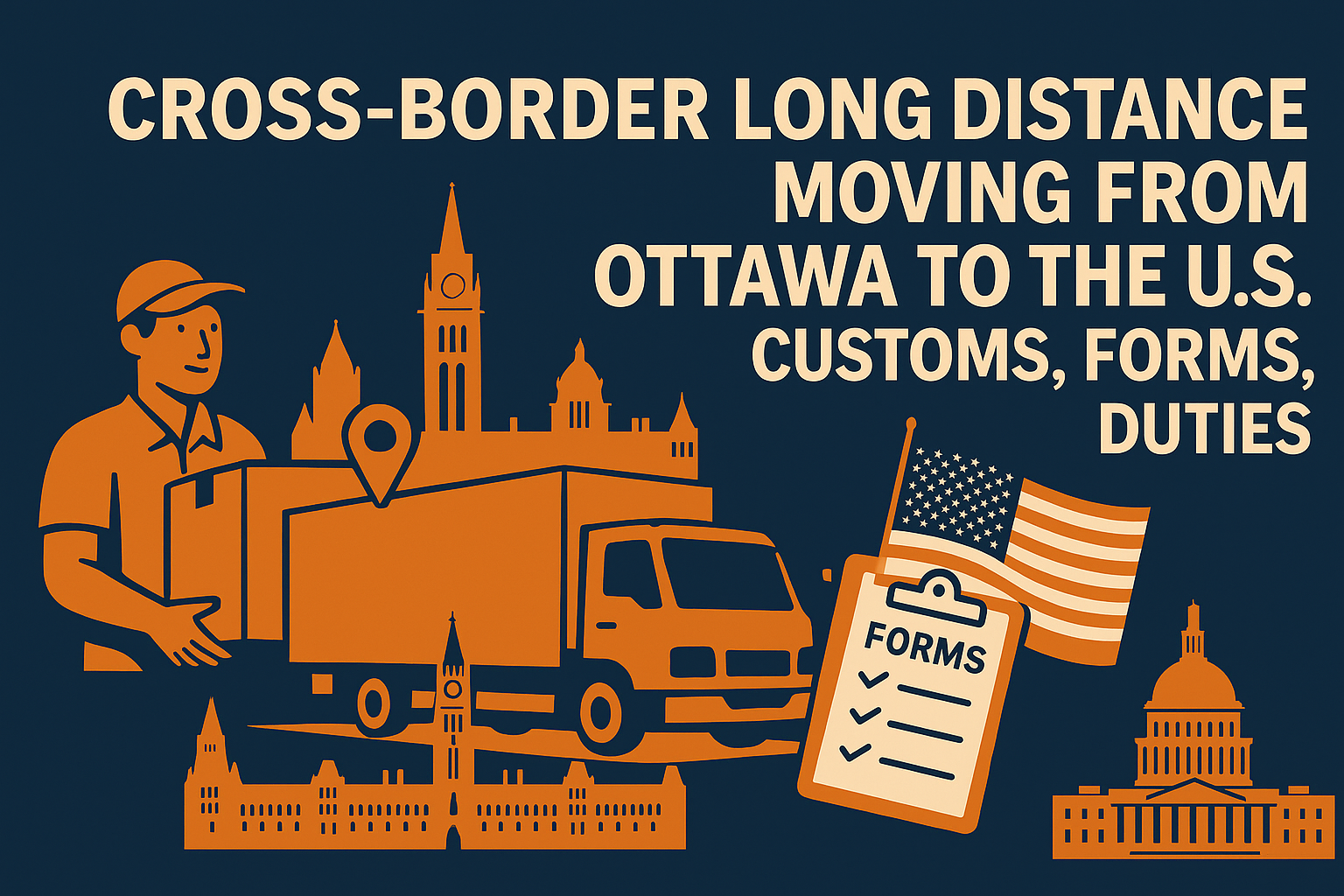Relocating from Ottawa to the United States is more than just a long drive — it involves complex documentation, customs clearance, duties, and careful planning to ensure your belongings arrive safely and legally. Whether you’re moving for work, family, or lifestyle reasons, understanding the cross-border moving process is essential to avoid delays, fines, or unexpected costs.
This comprehensive guide covers everything Ottawa residents need to know about customs procedures, required forms, duties, timelines, and practical moving tips. It integrates expert insights, trusted external resources, and professional services to make your U.S. relocation as smooth as possible.
Understanding Cross-Border Moving Regulations
When moving household goods from Canada to the United States, all items must go through U.S. Customs and Border Protection (CBP). Unlike domestic long-distance moves, cross-border relocations are subject to both Canadian export rules and U.S. import laws. Failure to prepare proper documentation can lead to delays, storage fees, or even seizure of goods.
Why Compliance Matters
- Avoid border delays: Missing or incomplete forms can hold up your moving truck at the border.
- Prevent fines and penalties: Incorrect declarations or undeclared goods may result in costly fines.
- Ensure legal entry: U.S. Customs inspects all incoming shipments, even if transported by a professional moving company.
For a smooth process, it’s recommended to work with experienced cross-border movers. Ottawa companies like Prestige Moving specialize in long-distance and international relocations, managing logistics and paperwork on your behalf.
Key Customs Forms for Moving from Ottawa to the U.S.
The most critical step in your move is correctly filling out and submitting the required customs forms. Below are the primary documents typically needed for household moves:
1. CBP Form 3299 — Declaration for Free Entry of Unaccompanied Articles
This form is required for all household goods entering the United States duty-free. It declares the ownership and contents of your shipment.
- Who completes it: The owner of the goods (you).
- Purpose: To allow duty-free importation of used personal household effects.
- Important note: New or unused items may be subject to duties.
📄 Official form and instructions: U.S. CBP Form 3299
2. Passport and Visa Documentation
You must present your valid Canadian passport, along with any applicable U.S. visa or proof of status (e.g., TN visa, work permit, permanent residency). Customs officers will verify your legal right to enter and reside in the U.S.
3. Inventory List
A detailed, itemized inventory of everything in your shipment is mandatory. Each box should be numbered and labeled clearly. This list should:
- Indicate the value of each item (for insurance and customs purposes).
- Differentiate between used personal items and new purchases.
- Match exactly with what’s in the truck or container.
Proper inventory labeling also helps reduce the risk of lost or damaged items during the move. For tips on packing and protecting belongings, read this expert furniture moving guide.
4. Power of Attorney (if using movers)
When hiring professional movers to cross the border, you may need to provide them with a limited Power of Attorney authorizing them to act on your behalf during customs clearance. Reputable moving companies will provide you with the correct template.
Duties, Taxes, and Restricted Items
Understanding what you’ll pay (or won’t pay) at the border is critical. Many personal household goods can enter duty-free, but there are exceptions.
Duty-Free Allowances
Used household items that have been owned and used for at least one year before your move typically enter the U.S. duty-free. Examples include:
- Furniture
- Kitchenware
- Books
- Clothing
- Appliances (used)
However, new items purchased shortly before the move may be taxed. You should keep receipts and declare them accurately.
Restricted and Prohibited Items
Some items are regulated or prohibited when crossing into the U.S. These include:
- Firearms: Subject to ATF (Bureau of Alcohol, Tobacco, Firearms and Explosives) approval.
- Alcohol: May be subject to duty and state regulations.
- Plants, soil, and food: Subject to USDA regulations and possible inspection.
- Certain electronics: Must meet U.S. electrical standards.
Always consult U.S. CBP’s official guide for moving personal goods to verify specific restrictions before packing.

Timeline for Cross-Border Moves
Planning the timeline of your move is crucial to avoid border congestion and ensure your belongings arrive when you need them.
Step-by-Step Timeline
8–12 Weeks Before the Move
- Select and book a trusted long-distance mover. For example, Prestige Moving’s long-distance service offers full planning support.
- Gather and begin filling out customs forms.
- Start decluttering to reduce the shipment weight and customs complexity.
4–6 Weeks Before the Move
- Finalize housing and legal arrangements in the U.S.
- Create your detailed inventory list.
- Begin packing non-essential items carefully.
2 Weeks Before the Move
- Submit CBP Form 3299 and other required documents to your moving company.
- Double-check passport, visa, and travel arrangements.
Moving Week
- Ensure all boxes are labeled and match the inventory.
- Keep important documents with you during travel.
- Coordinate with your mover for the border crossing schedule.
Choosing the Right Ottawa Cross-Border Moving Company
Not all moving companies are equipped to handle international relocations. When moving to the U.S., you should only work with companies that:
- Have cross-border experience with U.S. CBP clearance.
- Provide end-to-end services including packing, customs paperwork, transportation, and delivery.
- Offer transparent pricing with no hidden fees.
Companies like Prestige Moving are experienced in both U.S. and Canadian regulations, ensuring that customs documentation and timing are handled correctly.
For moves involving fragile or specialty items (like antiques or pianos), partnering with experts such as Professional Antique Furniture Movers is a smart choice to avoid damage during international transport.
Packing Strategies for Cross-Border Moves
Use Customs-Approved Packing Methods
- Number every box and list its contents clearly on the inventory.
- Avoid sealed opaque containers—they may raise red flags during inspection.
- Separate high-value or restricted items for easy access at customs.
Label Clearly for Faster Clearance
Include both your Canadian and U.S. addresses on all boxes. Movers should have duplicates of the inventory list for border agents to check quickly.
For more detailed preparation tips, see Preparing for a Long-Distance Move.
Common Mistakes to Avoid
Many delays happen due to avoidable oversights. Here are the most frequent errors:
- Incomplete or incorrect Form 3299
- Failing to declare new purchases
- Poor labeling or missing inventory lists
- Using movers without cross-border expertise
- Last-minute visa or immigration issues
Addressing these points in advance ensures a seamless transition.
Insurance and Liability Considerations
When moving internationally, standard coverage may not be enough. Consider purchasing comprehensive moving insurance that covers:
- Damage during transport
- Loss during customs inspections
- Delays due to border issues
Reputable companies provide clear policy terms and claim procedures. Learn more about coverage differences in Moving Insurance in Canada.
Final Steps: Arrival and Customs Clearance
When the moving truck arrives at the border, CBP officers will:
- Review your documents (Form 3299, inventory, passport, visa).
- Inspect the truck randomly or based on declared items.
- Stamp and approve the entry if everything is in order.
Once cleared, your belongings are delivered to your new U.S. residence, often within a few days depending on distance.
Get Professional Help for a Hassle-Free Move
Cross-border relocations require expertise, timing, and meticulous paperwork. Working with experienced Ottawa movers ensures:
- No missed customs forms
- Accurate inventory and labeling
- On-time delivery to your new U.S. home
For expert assistance and a free consultation, Contact Prestige Moving today.


